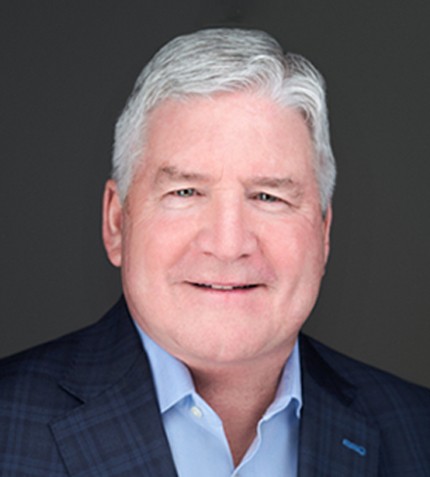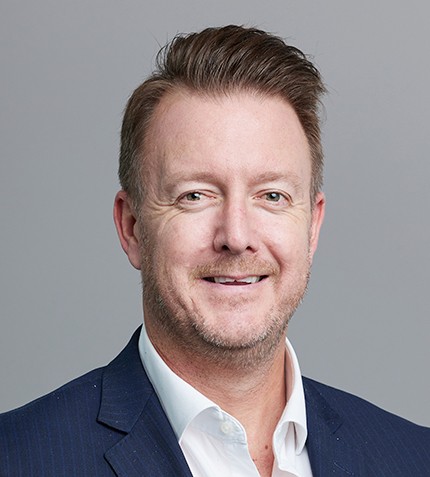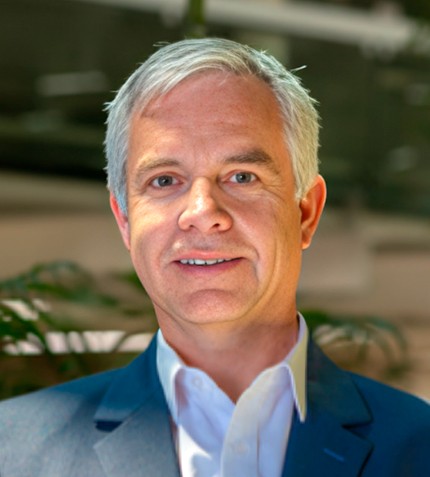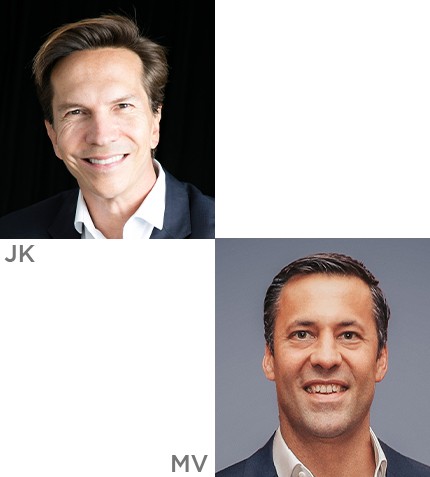
"We are always looking at new regulations in the US and worldwide: laws very seldom change incrementally, so we adapt our systems to reflect that."
John Patrick Oroho
PRESIDENT AND GENERAL MANAGER, PORZIO LIFE SCIENCES
What were the synergies behind Porzio Life Sciences’ acquisition by RLDatix?
We have already created our successful transparency systems and a global HCP system for life science companies. Critically, we built an analytics platform – Porzio Price Transparency Reporting (PTR) – a system to do price transparency reporting in the US, as 22 states have transparency requirements now. That continues to grow, and with that, we got more involved in the government pricing arena. We wanted to develop a government pricing and revenue management system that would allow us to gather federal government reporting requirements and federal price requirements in addition to the states. When two private equity firms approached us – one in the US and one in the UK, Five Arrows, part of Rothschild & Co – we started discussions, and as we went through the process, a portfolio company of Five Arrows firm called RLDatix entered the play, as the Datix part of the firm was born out of a UK law firm. With us being a subsidiary of a US law firm, they recognized similar patterns and went ahead with the acquisition.
How do you assess current collaboration between the life sciences and healthcare spaces?
Our business plan is simple: we find an area where there are expanding laws and new legislations. We build a database to track legislation there, analyze them, and understand how firms can comply state-wise and federal-wise. We can also advise companies on how they comply with transparency compliance worldwide. After the database, we build a system to automate the whole process. We are starting to see that healthcare and life sciences systems are increasingly merging. Major medical centers are partnering with biopharma to develop and commercialize products. This is exciting: healthcare globally is coming together, and RLDatix wants to be the governance risk and compliance provider of GRC systems and solutions.
Post-IRA, what is your outlook on the current regulatory environment in the US?
The government does not always have the best processes in place to make sure its investment is reaching the right beneficiaries. In a pandemic situation, the government focused on getting money out, prompting innovation, and allowing vaccines to developing quickly. The problem is that the money goes into the market so fast that the government can’t monitor if it is going to the right places, causing fraud and abuse because they did not do the due diligence well enough.
It is a challenge for firms to operate in an ever-changing regulatory environment with increased enforcement. With the Inflation Reduction Act (IRA), the authorities want to empower the federal government to negotiate drug prices. This is where innovator companies, that spend a lot of money in R&D to get new drugs to market, have an issue: innovation money comes from profits from existing products. If the government is going to negotiate prices, the government is going to have to invest back in the market to split the risks.
What is long-term your growth strategy?
We now have a global reach. We were 50 people as a subsidiary of a law firm going against global firms like PWC, IQVIA, and S&P. We are now part of an organization of 19,000 people. RLDatix has a tech center in North Macedonia with 400 tech employees, and this is where the R&D of new systems takes place. We can build the next-generation system to stay ahead of the market without having to divert my team’s attention.
Besides that, we plan to grow through acquisitions. RLDatix was worth US$20 million in 2015, and this fiscal year, they will be north of US$460 million. RLDatix also acquired iContracts, allowing us to offer a full suite of services. We also took over iCoach First, a leading coaching platform for life sciences firms in the US. Cloud9, another firm we took over, built a system called Intelligent Contract, which is a contract management system in the cloud that is now being used in the US. Now, the life sciences division alone is approaching 150 employees, and we hope that by this time next year we’ll be 250 people in that division, with a couple of new product offerings by then. We are always looking at new regulations in the US and worldwide: laws very seldom change incrementally, so we adapt our systems to reflect that.










